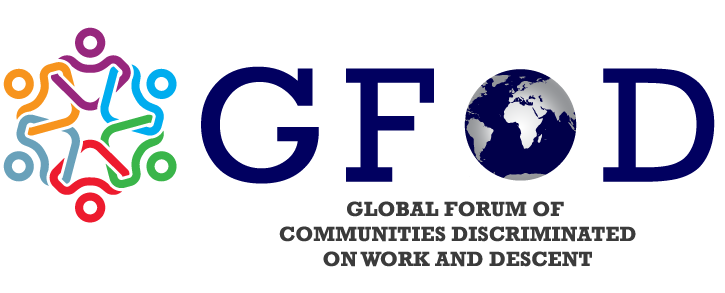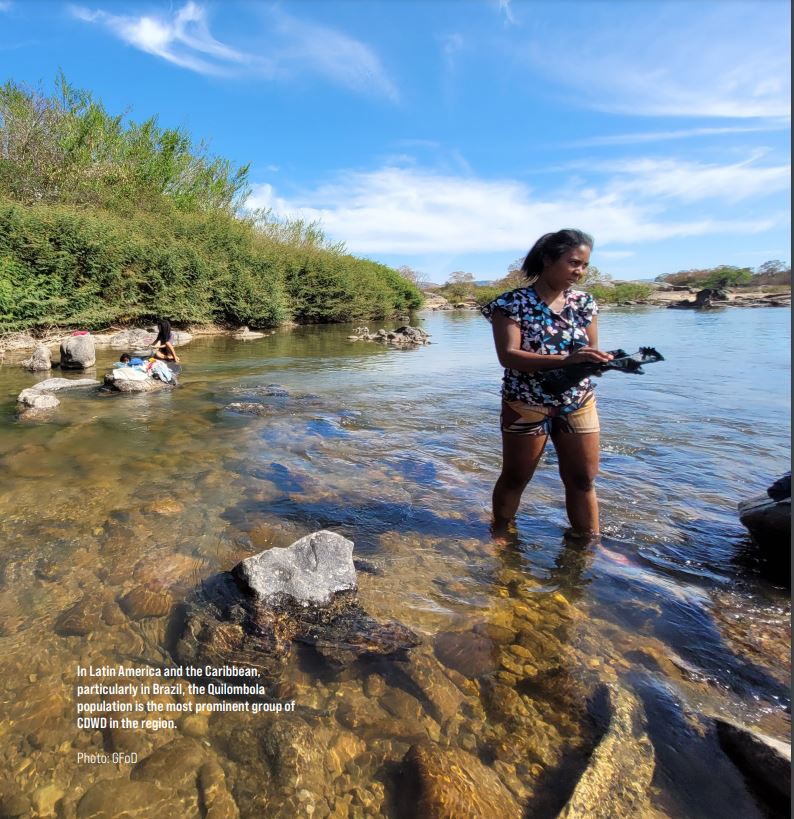How can CDWD contribute to the Sustainable Development Goals? Here’s how
Communities Discriminated on Work and Descent (CDWD) refers to a form of social stratification and exclusion prevalent in many societies worldwide. CDWD primarily manifests in societies where individuals are categorised into hierarchical groups based on their ancestry, occupation, or birth, often referred to as castes or descent-based groups.
Affecting over 270 million people worldwide, which would constitute the 5th largest country on earth, CDWD faces stigmatisation related to the notions of “impurity,” “uncleanness,” or “pollution.” This results in segregation, limited access to public services and infrastructure, harassment and violence, including sexual violence against women and girls, and the risk of slavery or bonded labour. CDWD experiences systemic marginalisation. Roma in Europe, Dalits in Asia, Burakumin in Japan, Haratin in Africa, and Quilombola in Brazil, among others, are some of the prominent DWD communities. The status of CDWD about the Sustainable Development Goals (SDGs) highlights significant challenges, leaving them to fall behind across the SDGs.
This document not only lists how CDWD can help people across the world reach SDGs, but also makes crucial recommendations for policymakers with regard to each SDG.
This includes, among others, ensuring that CDWD are involved in the design and decision-making of budgeting and finance schemes so that the allocation of resources is targeted, accessible and designed to address unique forms of discrimination experienced by these communities including social exclusion, segregation, violence, marginalisation and modern slavery.
Read the full report below:


